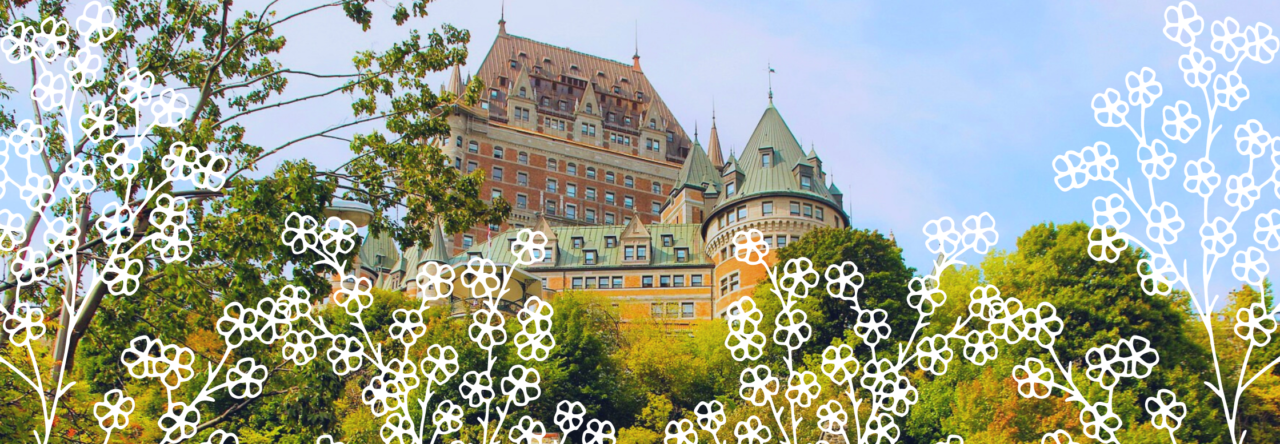
Every winter, several New France-inspired festivals in Canada bring in the crowds with their ice sculptures, parades, skating, and more. However, some activities won’t be taking place this coming year, but there’s a hidden aspect in plain sight that doesn’t get the recognition it deserves: les costumes!
If you’re thinking that most people attend these winter festivals wearing anything that will keep them warm, this is true on most counts. But there’s an intentional style about the textiles, textures, colors, and shapes of the winter clothing worn by performers, dancers, and attendees.
As I’ve covered in my previous piece about suggested traditional and cultural dress for Franco-Americans to join in on the festival fun, this is the more winter-focused compliment to that post. If you’re looking for the history of the capote and ceinture fléchée, these pieces were better explained in the mentioned post.
In understanding the traditional clothing and costumes of cultures and why I firmly believe they’re essential to acknowledge, it’s the fascination with how different cultures express how they see themselves in a visually artistic form.
